Nearly 1 in 5 Americans have some type of mental health condition.
Overall spending on mental health treatment reached $225 billion in 2019 and that doesn’t include additional indirect costs caused by mental health challenges and depression. Tufts Medical Center estimates another $44 billion is lost in the workplace from related lower workforce participation and decreased productivity.
But what about the direct personal out-of-pocket costs to individuals battling depression? Research indicates that a person with major depression can spend an average of $10,836 a year on health costs – and that’s if they are currently employed (insured)1. By comparison, a person with diabetes taking insulin can spend $4,800 to manage their condition. This study was last adjusted in 2016 dollars, we can safely assume costs have risen even further since then. Major depression can easily add thousands of dollars a year to a person’s out-of-pocket healthcare costs. Furthermore, the failure to treat depression effectively, or the failure to encourage those with depression to seek help, vastly increases an individual’s out-of-pocket costs from other health and employment-related problems.
Simply accessing mental health care can be prohibitively expensive and usually far exceeds other health costs. For example, an hour-long traditional therapy session can range from $65 to $250 for those without insurance to cover it – and the more severe the diagnosis, the heavier the costs become.
A 2008 law and other regulatory updates have helped stop blatant discrimination against behavioral health care but did not remove medical and insurance loopholes that make it difficult for patients to get the care they need. About one-third of Americans live in areas where mental health providers are scarce, and forecasts say the shortage of mental health professionals is likely to continue at least through 2025. Compared with other physicians, insurance companies pay licensed mental health professionals lower rates for their services which explains why only 56% of psychiatrists accept commercial insurance compared to 90% for other physicians. As a result, those seeking mental health care are five times more likely to use more expensive out-of-network mental health care if they are to get the care they need.
All of this helps explain why just 10% of patients who have a mental health disorder actually get effective treatment2 and the majority don’t get much-needed treatment at all. The reality is that until private insurers and Medicare get on board, mental healthcare will remain expensive for all.
Here are some real-life examples of the personal cost of depression. These examples are from an Everyday Health article By Tara Haelle, medically reviewed by Kathryn Keegan, MD. First published in 2016, again we can safely assume costs have risen further since then.
Susan Hyatt of Denver.
56, employed as a Corporate Social Responsibility Advisor.
Net annual out-of-pocket costs $5,880 – $6,480.
The additional impact of depression on motivation also becomes costly for this self-employed entrepreneur. Hyatt’s depression has caused her to miss phone calls about potential work or speaking opportunities on days when she avoids answering her phone. And as she finishes up her long-term contracts, she often finds it exhausting to apply for new ones, costing her potential income. “Friends or family who haven’t had issues with depression may be sympathetic,” she says, “but they often can’t really get their minds around the fact that depression can be debilitating.”
Kathryn Goetzke, San Francisco.
44, self-employed Nonprofit Founder.
Net annual out-of-pocket costs $3,600 – $8400.
Kathryn can easily tick off the ways her depression has cost her: lost productivity, strained relationships, bad decisions, a poorly functioning immune system, and an inability to maintain boundaries. Her depression-related health costs are worsened by unhealthy habits, such as smoking, alcohol use, and overeating.
Maggie White, of Downers Grove, Illinois.
34, Stay-At-Home Mom.
Net annual out-of-pocket costs $8,040 – $20,400
“You cannot put a price on sound mental health,” White says. “If you’re walking around in that black, haunting fog so many of us know, there is no quality of life, no hope, no way to make healthy decisions, or even to know how to surround yourself with healthy people.”
While there is no permanent cure for major depressive disorders, ketamine infusion therapy, such as that provided by highly specialized Ketamine Wellness Centers nationwide, has been rigorously demonstrated to be effective to relieve treatment-resistant depression. Despite decades of clinical evidence showing its effectiveness, many insurance companies still refuse to cover ketamine infusion therapy for depression. However, patients typically see significant and sustained positive changes to their mental wellness and their need for antidepressant medications.
Learn more about ketamine as an alternative to a never-ending cycle of direct and indirect costs of depression.
Sources: 1Greenberg PE, Fournier AA, Sisitsky T, Pike CT, Kessler RC. The economic burden of adults with major depressive disorder in the United States (2005 and 2010). The Journal of Clinical Psychiatry 2015. 2National Institute on Minority Health and Health Disparities.





